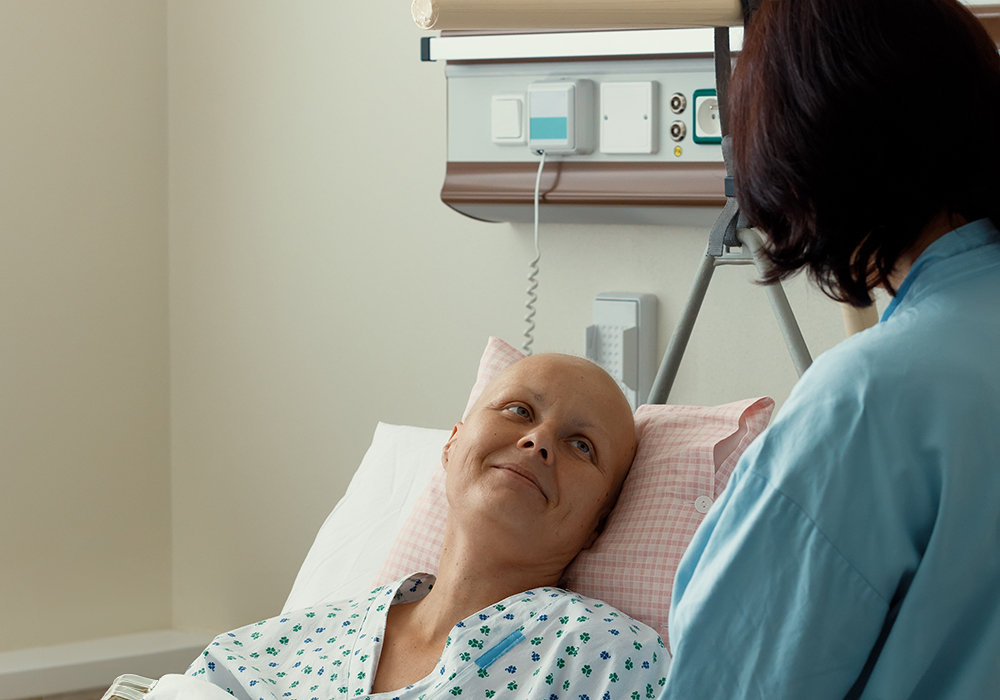Pain is the most common and debilitating side effect that patients with cancer experience. Contributing factors include the disease itself via tumor invasion on surrounding tissue and bone; nerve compression; treatments including chemotherapy, radiotherapy and surgery, especially chemo-induced peripheral neuropathy (CIPN), which can be disabling; and aromatase inhibitors that can cause persistent diffuse joint pain. In addition, pain that “breaks through” continuous pain medicine can be difficult to predict and control.
In 2016, only 43% of U.S. adolescents had received routine human papillomavirus (HPV) vaccinations. Findings from a new study published in Cancer Epidemiology, Biomarkers, and Prevention indicate that the type of strategy providers use to communicate the need for the vaccine may influence parents’ choices.
Cancer prevention is a full-time job, and the Centers for Disease Control and Prevention (CDC) works around the clock to raise awareness and promote necessary early detection and screening methods. Cancer survivors are a unique subset of patients and require information that’s been individualized to the survivorship experience.
As a hematology and oncology nurse, I’ve seen countless patients in treatment and recovery, and I’ve seen some lose their fight against cancer. In June 2018, I had the privilege to represent ONS as the sole nurse selected to advocate for palliative care with one of ONS’s coalition partners, the Patient Quality of Life Coalition (PQLC), where I was able to share my perspective and the many aspects of my role as a nurse with congressional staff.
As the opioid epidemic ravages American lives, every federal agency with an opportunity to review access is stepping up efforts to find appropriate lines between offering proper care and potentially enabling abuse. In a recent statement, U.S. Food and Drug Administration (FDA) Commissioner Scott Gottlieb, MD, acknowledged the challenge of balancing quality care efforts with overprescribing medications and the potential ease of access to opioids.
As medical use of cannabis is increasingly legalized across the United States, oncology nurses need to become more familiar with the implications of patients using it for cancer symptom management. According to Merkle and Tavernier in their article in the August 2018 issue of the Clinical Journal of Oncology Nursing, little research has been conducted in medical cannabis use and the efficacy and toxicity of cancer treatment. Their article reviewed current literature to better understand the effects that cannabis may have on the lungs in patients with cancer.
Writing resumes and curriculum vitae (CVs) can seem like an easy task at first but can quickly become overwhelming and cumbersome; even small mistakes on your resume or CV can hurt your chances at getting hired. Heather Costa, SHRM-CP, a recruiter for the Ohio State University Wexner Medical Center-the James, in Columbus, presented tips and tricks that oncology nurses can use to make their resumes and CVs effective, clean, and concise.
As the Affordable Care Act is challenged in court, 12 Republican Senators signed a letter insisting that pre-existing conditions be covered in any new healthcare laws moving forward. Despite initial praise for the GOP, many patient advocacy groups, including the American Cancer Society Cancer Action Network, have voiced concerns about the efforts being far too little and far too late.
In 2016, the American Cancer Society (ACS) reported that the number of currently living cancer survivors is estimated at 15.5 million Americans. For 2018, ACS is projecting another 1.7 million new cases of cancer diagnoses. On one hand, the growing number of survivors indicates that early diagnosis, new technologies, targeted interventions, treatment options, and access to care are making a huge difference for patients.
Understand Your Personal Learning Needs (and Get the Resources to Meet Them) to Attain Certification
Oncology nurses can benefit from various types of certifications for professional development. Angie Caton, BSN, RN, OCN®, CHPN, and Melody Ann Watral, MSN, RN, CPNP-PC, CPON®, presented tools on how to better prepare for certifications, how to choose test preparation resources, and ways to assess your personal learning needs.





